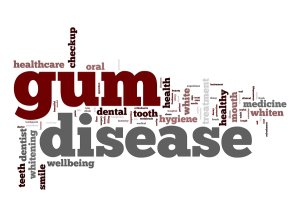 Periodontal disease is a serious oral health issue that can lead to negative side effects in your mouth and throughout the rest of your body. The best way to avoid gum disease is to truly understand it. Keep reading to learn about the different stages of periodontal disease and what you can do to prevent them:
Periodontal disease is a serious oral health issue that can lead to negative side effects in your mouth and throughout the rest of your body. The best way to avoid gum disease is to truly understand it. Keep reading to learn about the different stages of periodontal disease and what you can do to prevent them:
Gingivitis
Gingivitis is the initial stage of gum disease. It happens when plaque develops at the gum line and causes inflammation. People with gingivitis usually notice bleeding, redness, or swelling in the gums when they brush or floss their teeth. You should schedule an appointment with your dentist in St. Louis as soon as possible if you notice any of these signs. Gingivitis does not cause permanent damage, which means it is reversible, but you have to get the proper treatment to stop it before it gets any worse.
Periodontitis
If your gingivitis is left untreated , it might develop into periodontitis. This more advanced stage of periodontal disease starts to attack the bone and fibers that keep your teeth in place. Once this damage begins, large pockets start to form beneath the gum line. Even more food and plaque can get stuck in these pockets, which puts you at a higher risk for more inflammation and damage. With the help of your dentist, you can find treatment that helps you manage your periodontitis and prevent it from getting any worse.
Advanced Periodontitis
If you do not treat periodontitis, it will advance into the final stage of periodontal disease, or advanced periodontitis. In this stage, the infection completely destroys the fibers and bones that keep your teeth in place. Without this foundation, your teeth might start to move around or even fall out. When your teeth move, it makes it more difficult to chew and talk. The infection in your mouth might also find its way into your bloodstream and increase your risk of heart disease, stroke, and other serious illnesses. Work closely with your dentist to keep your teeth and gums healthy and free from periodontal disease.


